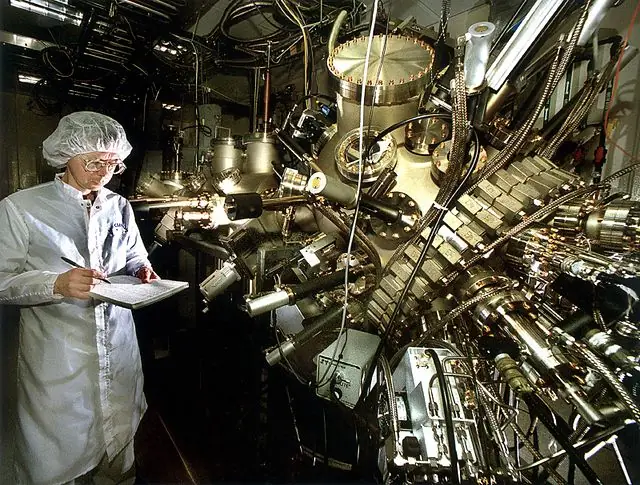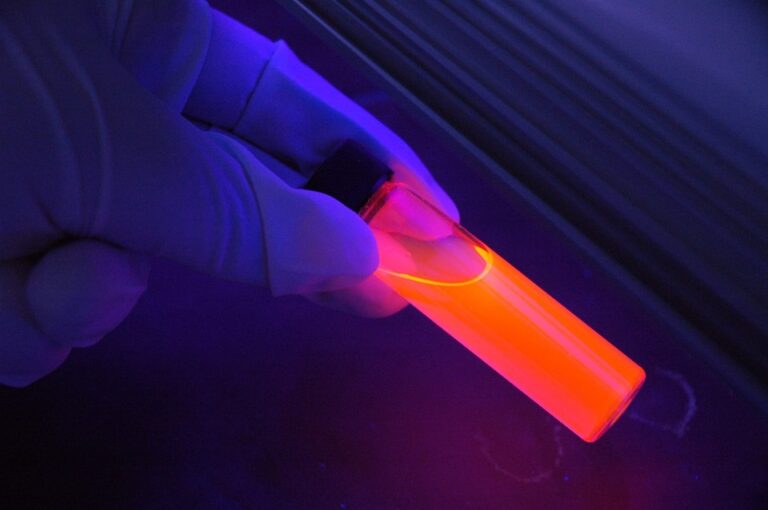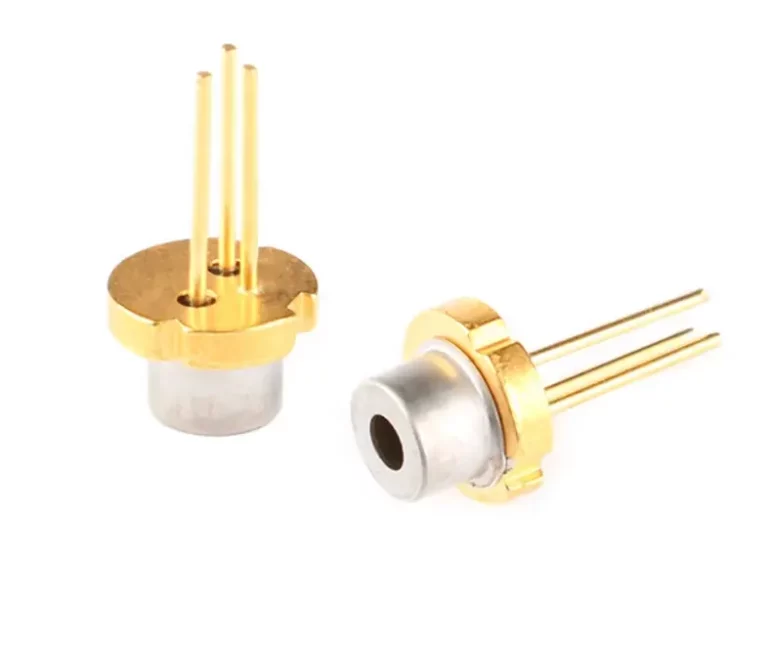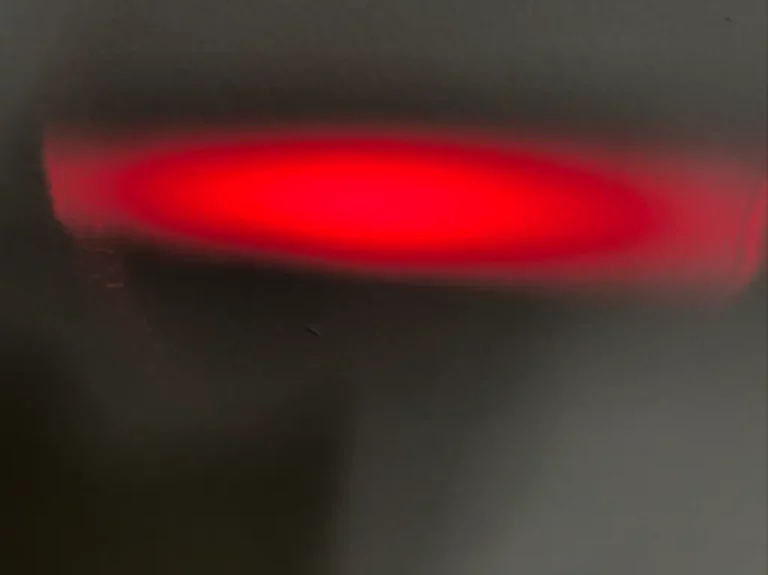How Does a Diode Laser Work? – An Introduction

A diode laser is a device that emits light through the process of stimulated emission. The word “diode” comes from the Greek prefix “dio,” meaning two, and refers to the fact that there are two electrodes in a diode laser: a cathode and an anode. The cathode is the negative electrode, and the anode is the positive electrode.
When electricity is applied to a diode laser, electrons flow from the cathode to the anode. As they flow, they pass through what is known as an active region. This active region contains semiconductor material, such as gallium arsenide or indium phosphide. It is within this active region that stimulated emission takes place.
Stimulated emission is a process in which photons (particles of light) are emitted from an atom or molecule in response to external stimulation, such as electricity or light. When electrons pass through the active region of a diode laser, they interact with the semiconductor material and cause it to emit photons. These photons then travel through the cavity of the laser (the space between the mirrors), bounce off of both mirrors, and exit out of the front mirror. This process amplifies the light, making it more intense than if it had not passed through a laser cavity at all.

The energy of these photons is determined by the band gap of the semiconductor material. The band gap is the energy difference between the valence band and the conduction band of a material. In order for an electron to transition from the valence band to the conduction band, it must absorb an amount of energy equal to the width of the band gap.
The wavelength of light emitted by a diode laser is also determined by the band gap of the semiconductor material. When an electron makes a transition from the valence band to the conduction band, it emits a photon with an energy equal to the width of the band gap. This photon will have a wavelength that is inversely proportional to its energy. Therefore, materials with smaller band gaps will emit photons with shorter wavelengths (higher energies), and materials with larger band gaps will emit photons with longer wavelengths (lower energies).
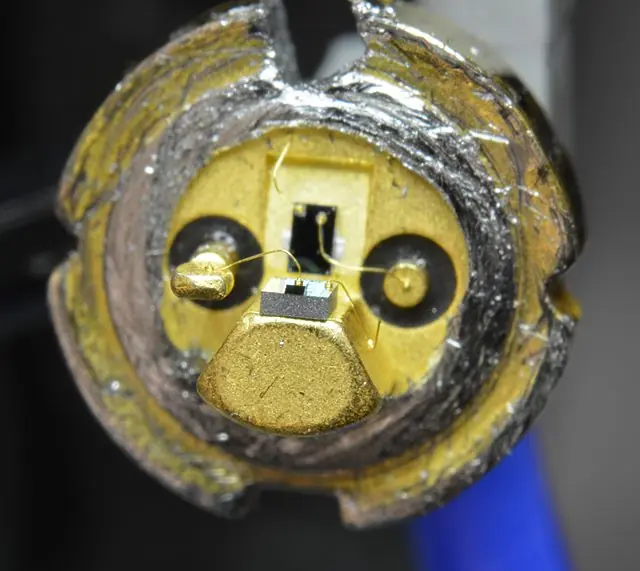
The output of a diode laser can be either continuous wave (CW) or pulsed. CW lasers emit a steady stream of light, while pulsed lasers emit light in short bursts or pulses. The choice of CW or pulsed output depends on the application for which the diode laser will be used. For example, CW lasers are often used for industrial applications such as welding or cutting, while pulsed lasers are used for medical applications such as hair removal or eye surgery.

